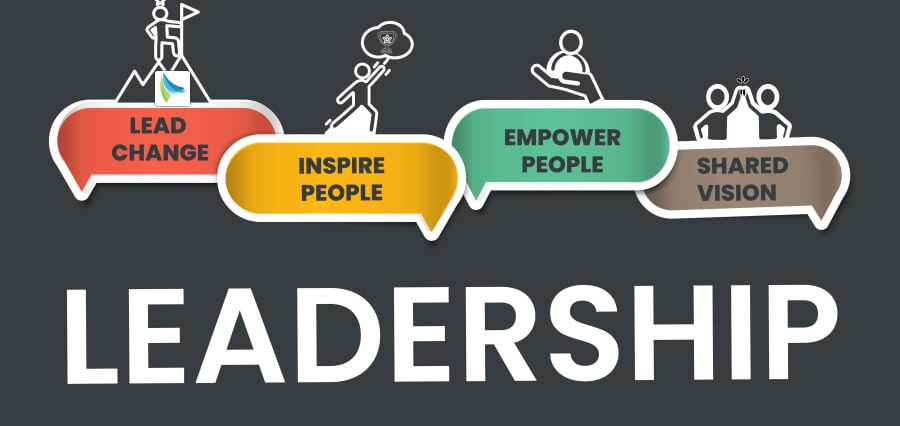Scientific innovation is at the crossroads of human history when technological progress, interdisciplinary research, and international cooperation are converging to create a new development paradigm. With human society confronted with challenges of a type never before experienced ranging from fear of climate change to international health crises, never before has scientific innovation been as pressingly needed. New trends in artificial intelligence, biotechnology, space exploration, and sustainability are likely to transform not just the conduct of science but also the way that societies derive benefit from science.
This article outlines future scientific innovation under three prevailing paradigms: uniting machine learning and artificial intelligence into the scientific process, working to develop biotechnology and its potential impact on medicine and agriculture, and the increasing focus on sustainability-driven innovation.
AI and Machine Learning
Machine learning and artificial intelligence are revolutionizing scientific discovery by allowing scientists to process vast amounts of data, form new hypotheses, and speed up experimental processes. The two technologies have profound effects in computationally intensive fields like materials science, climatology, and genomics. Whereas conventional trial-and-error methods are employed, AI can identify patterns and relationships that the human eye cannot, making predictive modeling and improved experimentation possible. In drug research, for instance, machine-learning software models how molecules interact, reducing the time it takes to find useful compounds and get them to the market faster.
AI is also changing the way science questions are addressed. Computational models are able to model complex systems from cell to planetary ecosystems so that scientists can subject theory to test and virtual experiments before investing in expensive real-world experiments. Additionally, AI is being applied to machinery like microscopes and telescopes to enable them to accomplish more in recording, interpreting, and analyzing data in real time. As these technologies become more widespread, inter-disciplinary and cross-geography collaborative research will continue to lead the pace of innovation, broadening the scientific process in order to make it more inclusive and expansive.
Biotechnology in Health and Agriculture
Biotechnology is revolutionized by advances in genetic engineering, synthetic biology, and personalized medicine. Use. of technologies like CRISPR-Cas9 has opened up new avenues for gene editing, enabling scientists to cure genetic disease, create crops that are resistant to diseases, and manipulate cells to employ them as therapy. Advances not just redefine disease treatment but disease prevention too. For example, personalized medicine employs genomic data to customize treatments for individual patients, enhancing efficacy and minimizing side effects. This transition from a universal one-size-fits-all to an individualized or customized way is a paradigm shift in healthcare delivery. In agriculture, biotechnology is supporting food security and sustainability amidst climate change and pressure of population. Genetically modified organisms (GMOs) are being made more tolerant to extreme weather conditions, pest-resistant, and nutritionally enhanced.
These technologies can lower the application of chemical fertilizers and pesticides and help farming become more sustainable. Biotechnology is also enabling the production of alternative proteins and cultured meat, which can reduce the environmental footprint of conventional livestock rearing. While regulatory landscapes continue to shift and society continues to become more tolerant of the technology, biotechnology will increasingly be an integral component of global initiatives aimed at bettering health and making food systems more sustainable.
Sustainability-Driven Innovation and International Cooperation
Humanity is entering an era marked by environmental degradation and diminishing natural resources, prompting scientific innovation to increasingly focus on sustainability. Scientists nowadays are working on how to cut carbon emissions, conserve biodiversity, and spur circular economies. In the energy sector, for instance, studies of solar, wind, and battery storage technologies are enhancing the efficiency and affordability of renewable energy. Scientific breakthroughs are even enabling the mass production of green materials, such as biodegradable plastics and renewable substitutes for concrete, which can lower the environmental impact of industrial processes.
These initiatives are all part of the large-scale movement towards prioritizing science development based on sustainable development in the long run and ensuring the care of the environment. Global collaboration is a critical element of innovation for sustainability. Scientific challenges like climate change and pandemic resilience cut across international boundaries and require an attempt as a partnership. Global collaborations of research, open collegiality of data, and harmonious policies of funding are constructing an integrated science world. Such programs as the United Nations Sustainable Development Goals have also given the scientific agenda a large-scale-coordinating framework in the context of respect for global agendas.
Conclusion
The future of science research is marked by accelerated convergence of technology, interdisciplinarity, and the increasing quest to address the biggest challenges to society. Artificial intelligence expedites discovery, biotechnology is rewriting medicine and agriculture frontiers, and sustainability propels research agendas globally. The trends are not disparate but are interwoven and reinforce each other to construct the scientific business of the future. It will be a function of inclusive policy-making, sound moral thinking, and reasonable education systems that develop tomorrow’s scientists. The power of science to reshape is only fulfilled to its maximum potential if it is made open, accessible, and directed towards human and planetary health ends.
Read Also: The Animation Entrepreneur’s Guide to Securing Venture Capital in 2025











